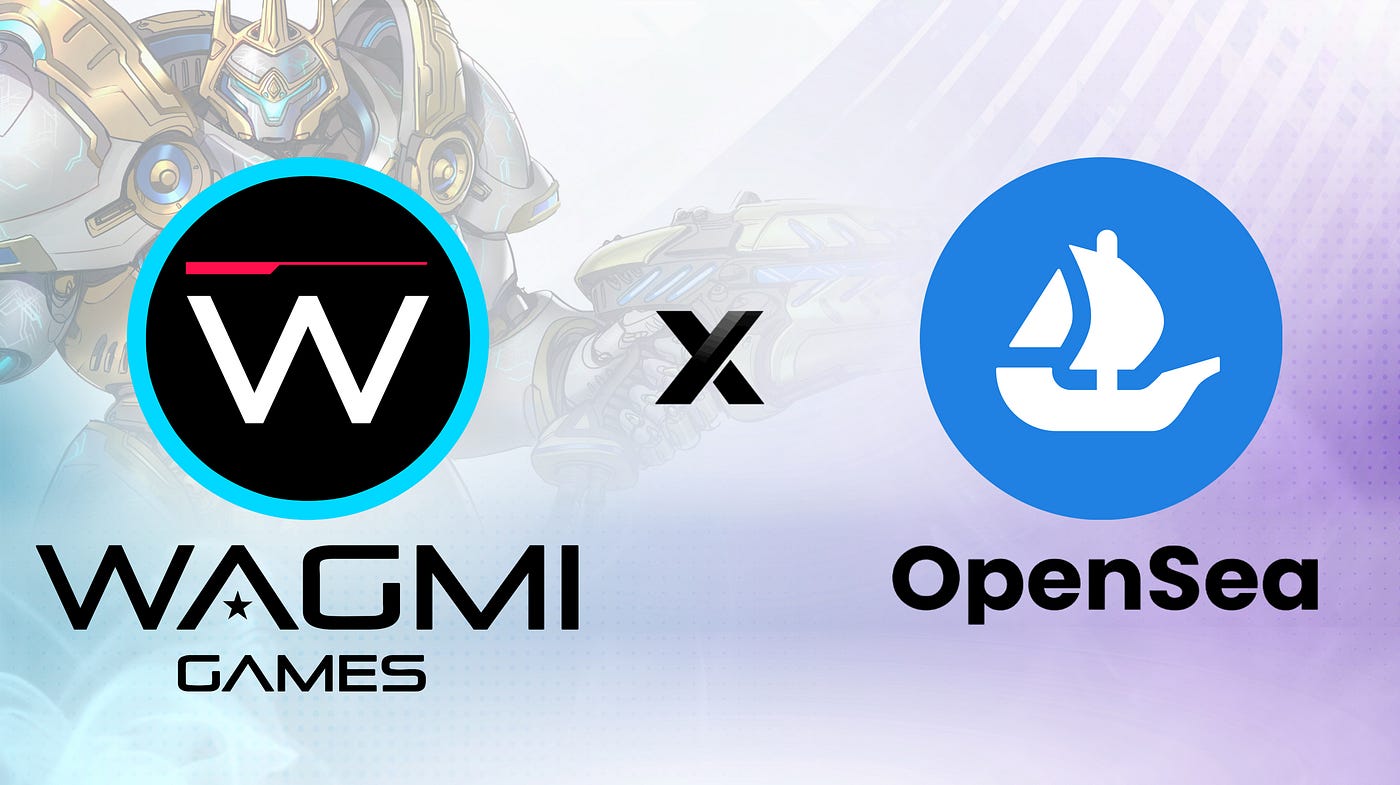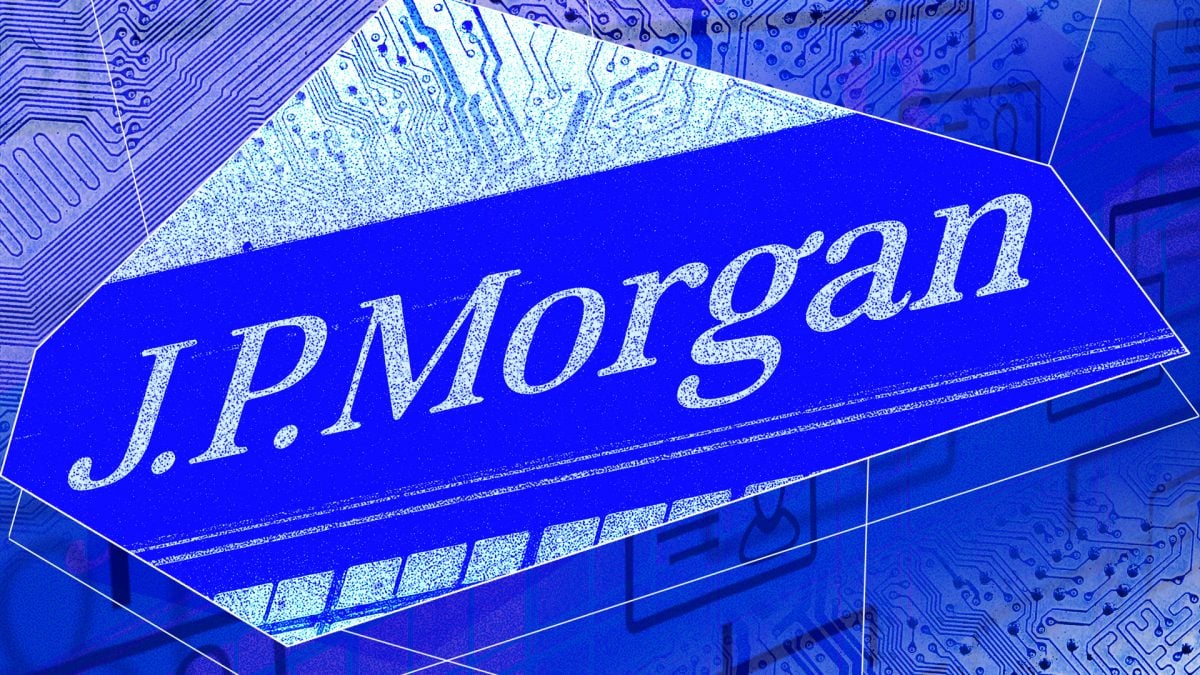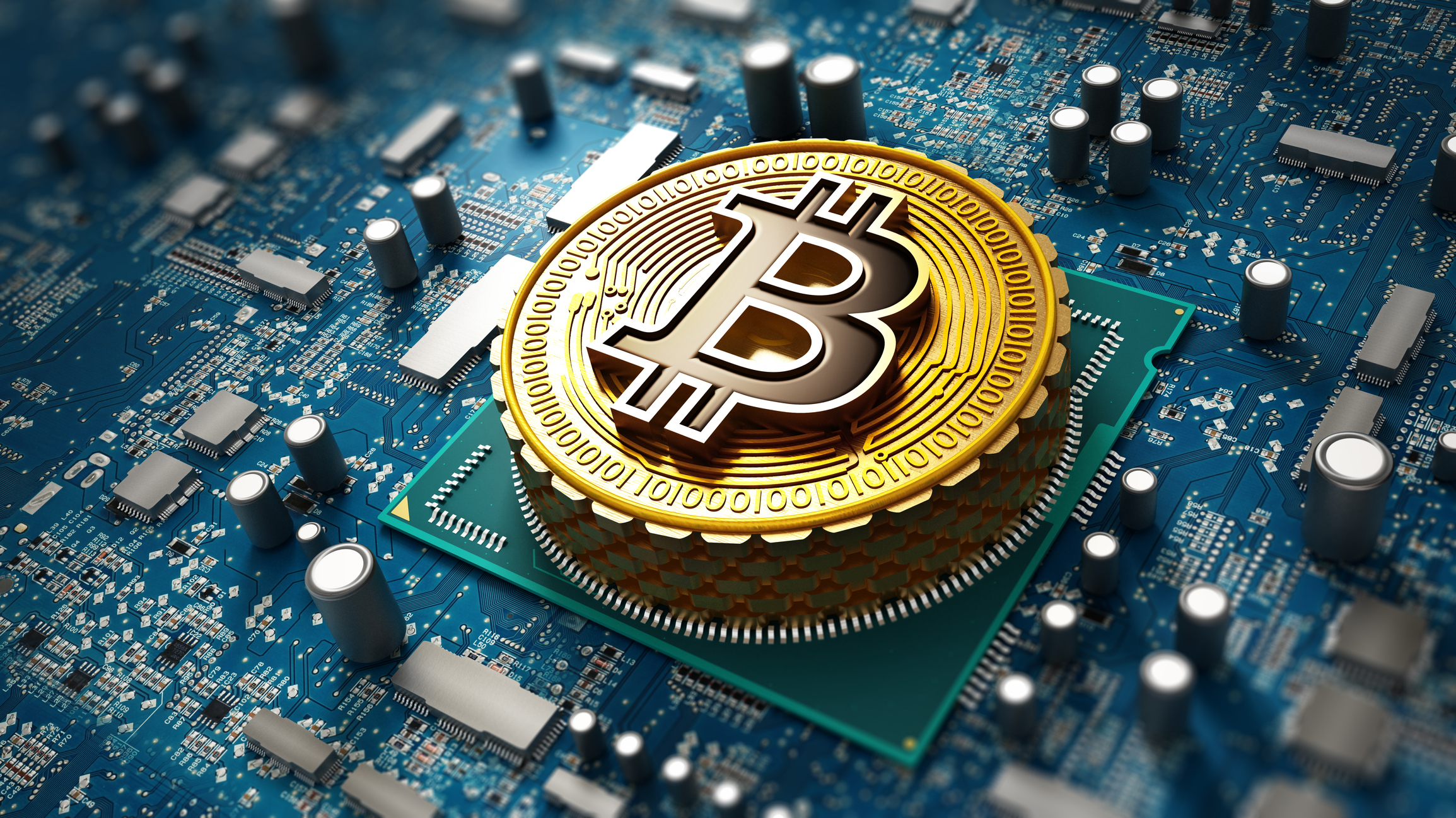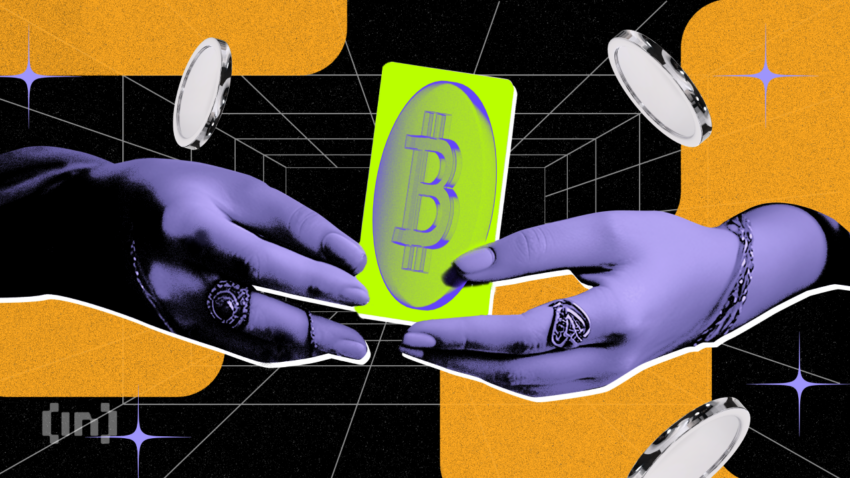Gensler Drops the Hammer: Crypto Industry Braces for Regulatory Crackdown in 2024
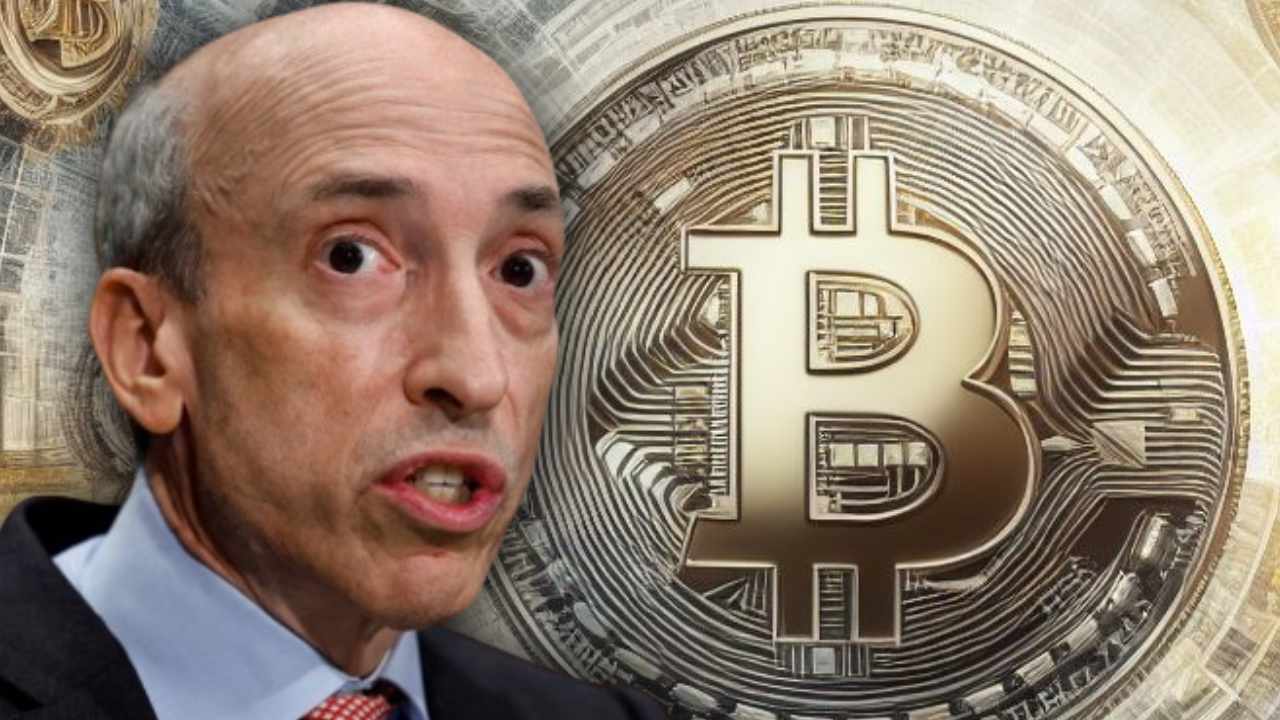
The crypto party might be coming to an end, at least as far as the U.S. Securities and Exchange Commission (SEC) is concerned. SEC Chair Gary Gensler issued a stark warning to the industry this week, declaring that 2024 will be the year of increased regulation. This announcement sent shockwaves through the crypto community, raising concerns about stifling innovation and growth.
Gensler’s warning wasn’t just empty rhetoric. He outlined several areas where the SEC plans to tighten its grip, including:
- Exchanges: The SEC wants to bring more crypto exchanges under its purview, ensuring they comply with existing securities laws. This could mean stricter KYC/AML procedures, trading restrictions, and increased reporting requirements.
- Stablecoins: Gensler has long been critical of stablecoins, fearing their potential to destabilize the financial system. He hinted at stricter regulations for issuers and potentially even labeling some stablecoins as securities.
- Decentralized Finance (DeFi): The Wild West of DeFi is likely to face increased scrutiny from the SEC. Gensler is concerned about lending protocols, yield farming, and other DeFi activities that could be deemed illegal securities offerings.
The SEC’s regulatory push isn’t entirely unexpected. As the crypto market has ballooned in recent years, concerns about consumer protection, market manipulation, and financial crime have grown louder. However, the industry is worried that overzealous regulation could stifle innovation and push investment overseas.
“The SEC’s actions could have a chilling effect on the crypto industry,” said Coin Center’s Jerry Brito. “We need regulations that protect consumers and promote responsible innovation, but we also need to avoid stifling the potential of this transformative technology.”
The regulatory landscape remains uncertain, and it’s unclear how exactly the SEC’s plans will play out. However, one thing is clear: the crypto industry is in for a bumpy ride in 2024. It will be up to regulators and industry players to work together to find a balance between protecting consumers and fostering innovation.
The future of crypto hinges on the delicate dance between regulators and innovators. Can the SEC find a way to protect investors without stifling the nascent industry’s potential? Only time will tell. But one thing is for sure: the gloves are off, and the crypto industry is about to face its biggest challenge yet.
In the meantime, investors and stakeholders in the crypto space should stay informed about the latest regulatory developments and adjust their strategies accordingly. This is a critical time for the industry, and it’s important to be prepared for whatever comes next.
